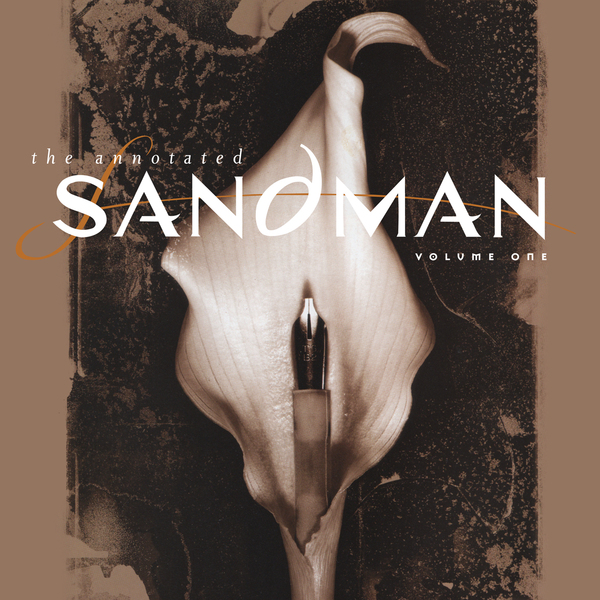Comic Book & Graphic Novel Round-Up (12/28/11)

Each week, Paste reviews the most intriguing comic books, graphic novels, graphic memoirs and other illustrated books.

X-Statix Omnibus
by Peter Milligan, Mike Allred and Others
Marvel, 2011
Rating: 9.0
Marvel circa 2001 was a house in transition. New editor-in-chief Joe Quesada vomited out every stagnant creative team and title, leaving room for boundary-stretching content that saved the publisher from impending bankruptcy. Quesada’s best trick was simple and successful: stealing British Vertigo writers to tackle mainstream superheroes. Grant Morrison, Mark Millar, Garth Ennis and Neil Gaiman all brought their cerebral cache to the imprint under Quesada’s inspired strategy. Though his name doesn’t carry the same buzz, Peter Milligan was also an integral convert. The man behind Enigma, Shade the Changing Man and The Human Target promptly created an insufferable group of mutant celebrity assholes and then nonchalantly massacred them… all in the first issue. The book was a relaunch of X-Force and it was downright electric. Milligan would rebuild the team, eventually rename it X-Statix and string it through thirty-nine more issues of cynical, hilarious, riveting social satire. The premise reimagined mutants (the same species of hero as the X-Men) as vacuous poseurs who indulged in product placement and front-page vice as an excuse to fight crime. Mike Allred’s gorgeous retro pencils graced most of the run, complemented by fill ins by Darwyn Cooke and Nick Dragotta. At 1,200 pages (and a mere $75 on Amazon), the X-Statix Omnibus collects the entire epic as well as every miniseries and anthology story in the shared universe. Averaging around $1.50 an issue, this tomb is completionist porn and highway robbery. Even better, it features the first Marvel issue to reject the archaic Comics Code Authority stamp, setting an incendiary precedent for mainstream comics to tackle adult themes from mature creators. (SE)

Milk and Cheese: Dairy Products Gone Bad
by Evan Dorkin
Dark Horse, 2011
Rating: 6.1
-

-

-

-

-

-

-

-

-

-

-

-

-

-

-

-

-

-

-

-

-

-

-

-

-

-

-

-

-

-

-

-

-

-

-

-

-

-

-

-










































